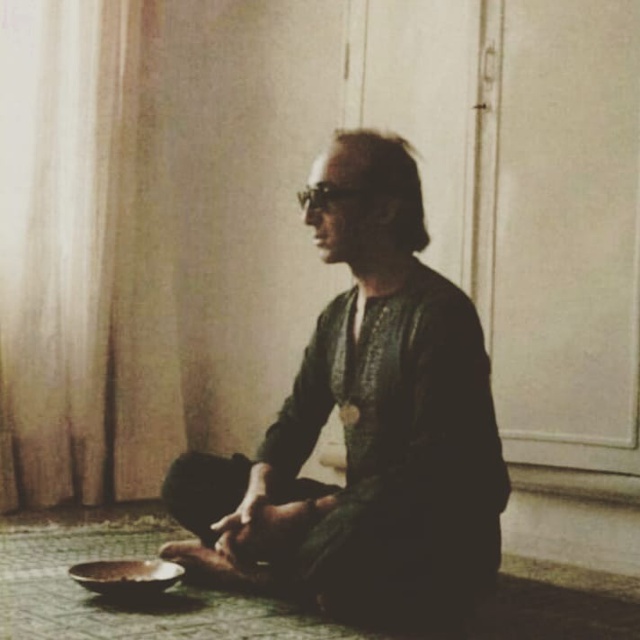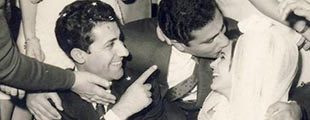As director of the Theater Workshop (Kargah-e Namayesh), he helped introduce avant-garde theater to Iran, presenting plays by Samuel Beckett, Ionesco, and other experimental writers. This made the workshop a hub of pre-revolutionary cultural avant-garde. His portraits, watercolors, and drawings reveal a poetic intimacy—he often painted friends, colleagues, and lovers, creating a personal archive of relationships.
The works resist heroic or monumental gestures; instead, they convey vulnerability and tenderness. In this way, his art subtly challenged dominant masculine narratives in society at the time. The act of remembering plays a crucial role in his paintings: he described painting as a way to preserve fleeting presences and to resist erasure.

